1. US-1, Florida
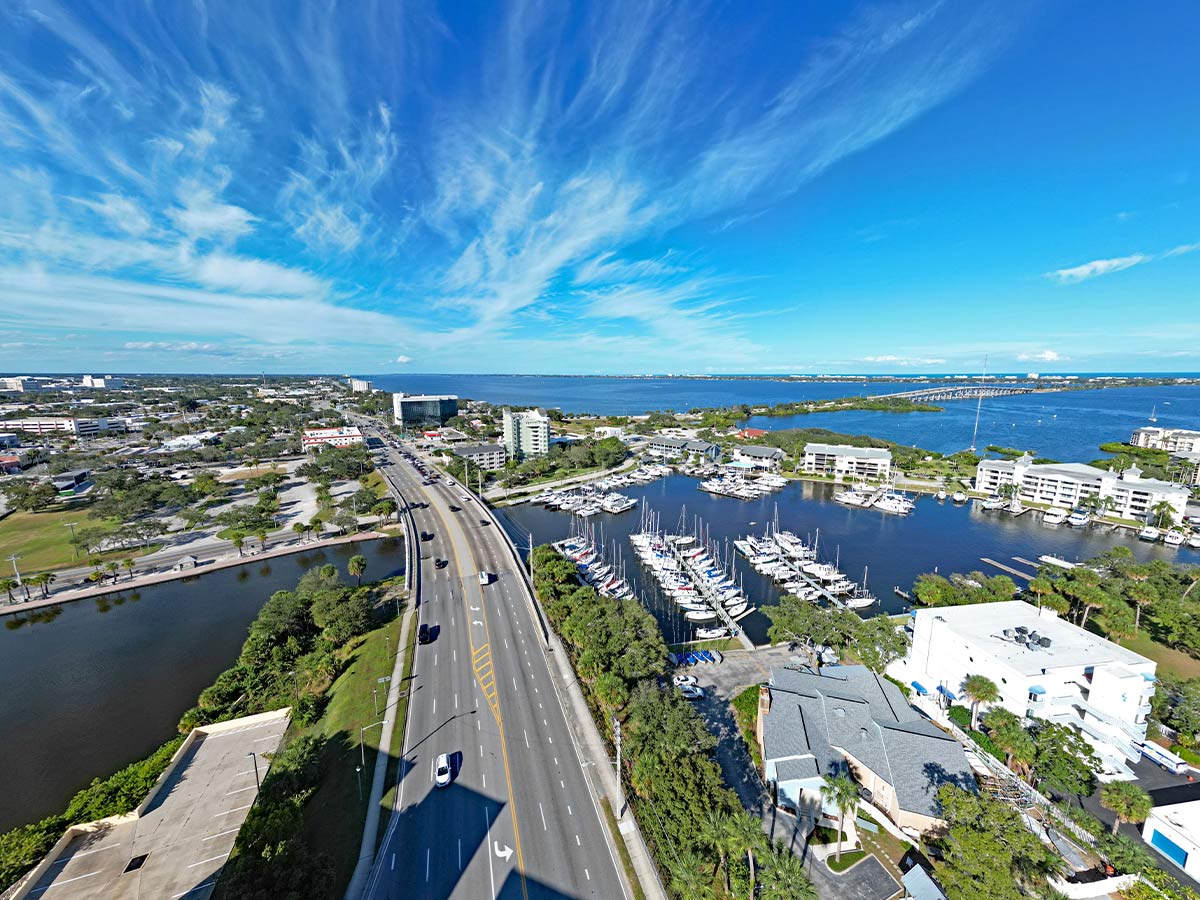
With the number of people flocking to Florida on a regular basis, either to escape the winter in colder climates or simply for a vacation, it’s no surprise that the portion of the US-1 in Florida is the most dangerous.
With over double the number of crashes of the next highway, the US-1 had 1,011 crashes reported in the last ten years, with a frightening 1,079 fatalities.
2. I-40, Tennessee

The I-40 cuts across the entire width of Tennessee, connecting many of its largest cities and cutting through Nashville, making it a vital part of the state's transportation.
Covering as much ground as it does, it ranks as the second most dangerous highway on the list, with a shocking 427 crashes and 517 fatalities.
3. I-40, New Mexico

Cutting through Albuquerque, New Mexico, and connecting Arizona and Texas, this stretch of the I-40 saw 344 crashes and 395 fatalities in the last decade.
The I-40 is a heavy presence on this list as it’s the third longest highway in the US. Spanning such long distances, it's easier for numbers to start adding up.
4. I-65, Alabama
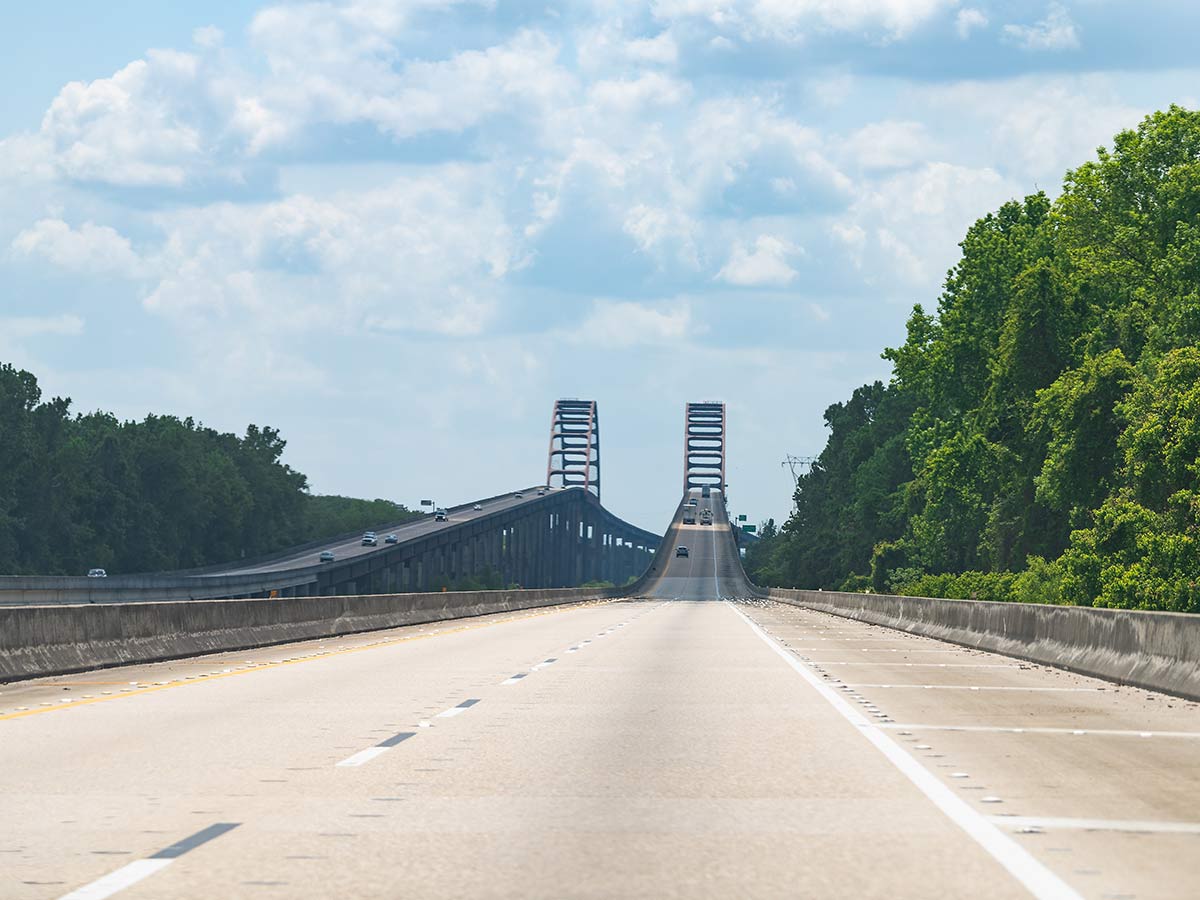
Coming in at a close fourth, the I-65 in Alabama had 336 crashes in the last ten years, with an average of 34 deaths a year.
As this highway connects over half of the state's largest cities, cutting through the entire state lengthwise, it's understandable that it would be one of the most dangerous highways.
5. I-90, Louisiana
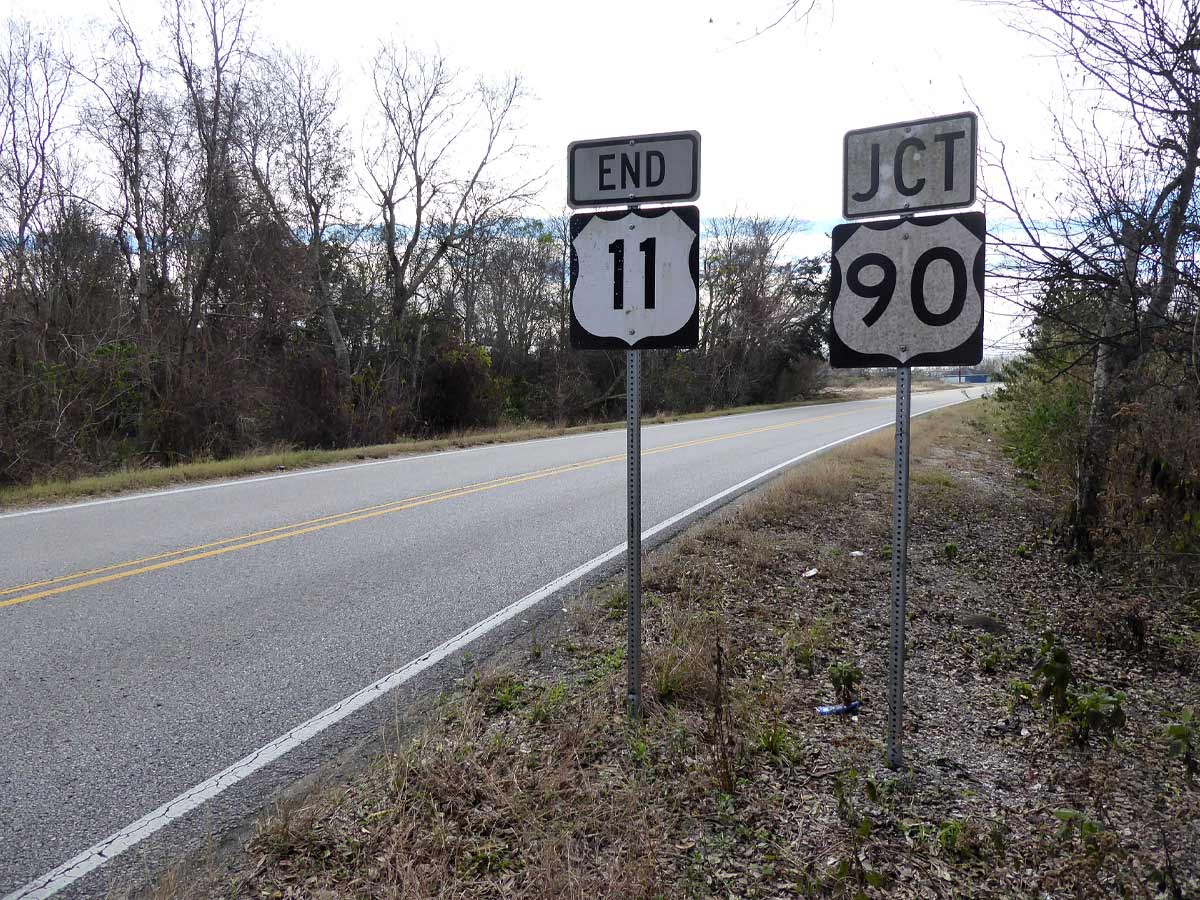
In the past decade, this portion of the I-90 that goes through Louisiana has had an alarming 271 crashes. This has sadly resulted in 295 fatalities.
This is even though the portion between Lafayette and New Orleans, two of the largest cities in the state, primarily consists of local traffic, with most other travelers taking the I-10.
6. US-83, Texas

The US-83 runs from the top of Texas to the bottom and is the longest highway in the state. While much of it covers rural, scenic routes rather than city areas like other highways on this list, it still makes the cut.
With 268 crashes in the past ten years and an average of 26 fatalities a year, it is one of the least fatal of these dangerous highways. However, it remains extremely dangerous.
7. I-40, Arizona
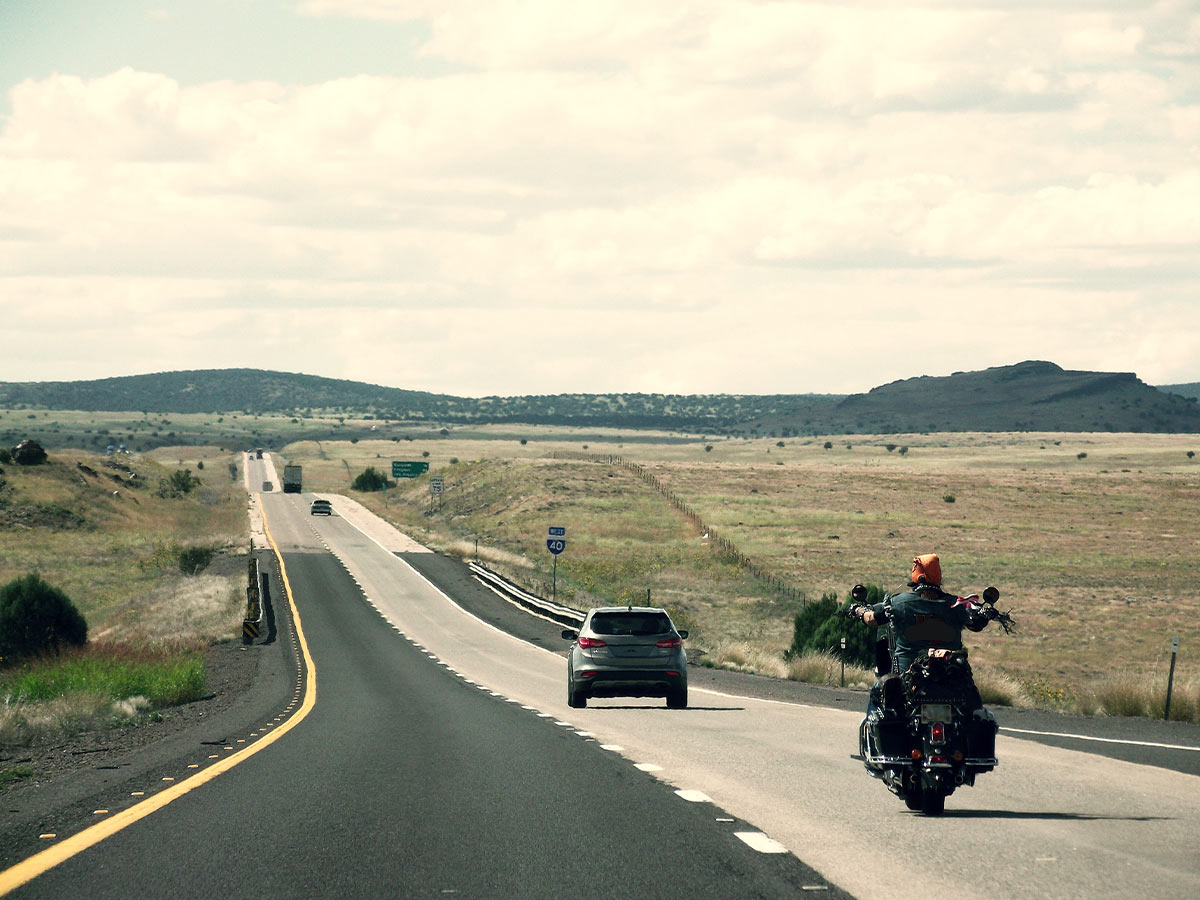
Considering the I-40 is one of the longest highways in the United States, connecting the East and West Coasts, it makes sense that it would be on this list so many times.
What is interesting is that despite directly connecting to the I-40 in New Mexico, in Arizona, it only had 249 crashes with 293 fatalities. That's ten fewer crashes a year than New Mexico.
8. I-95, South Carolina
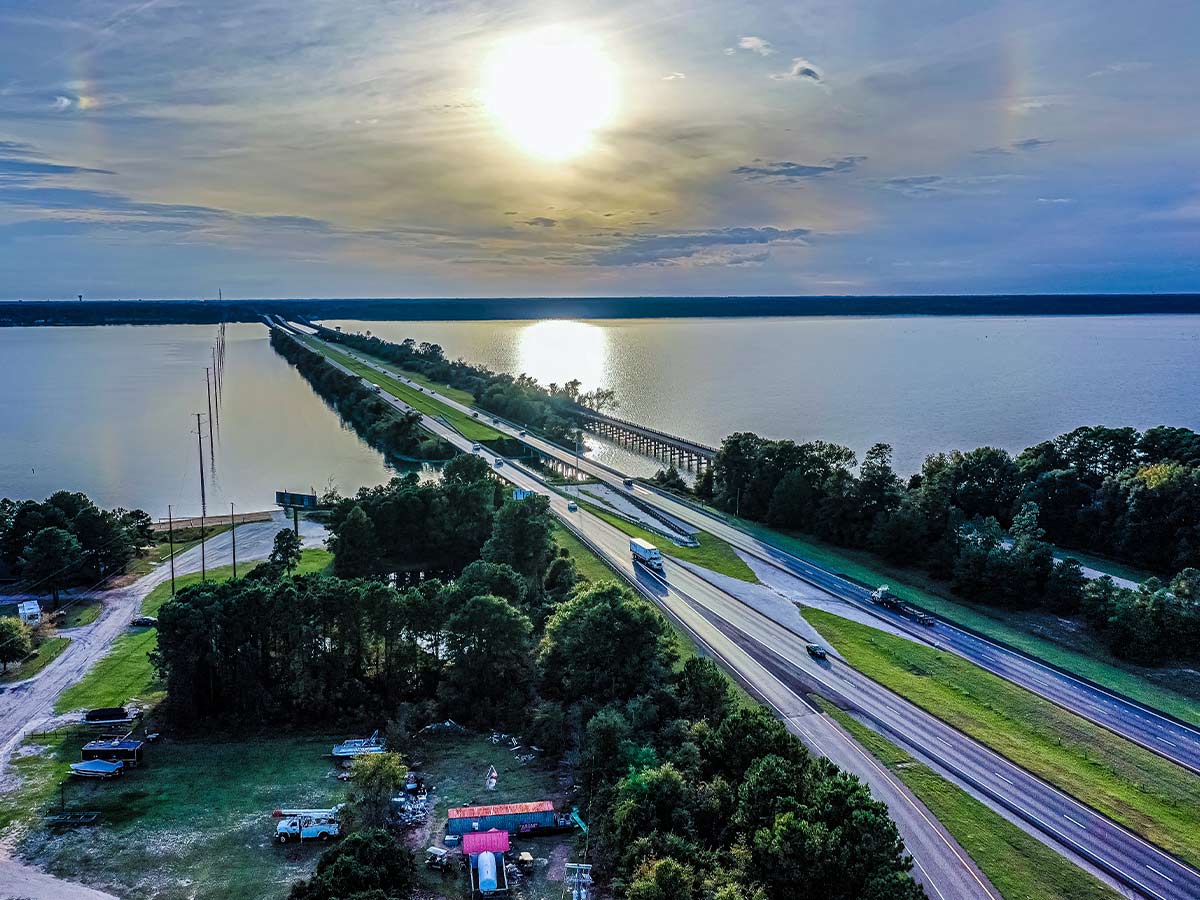
The I-95 is on this list twice, both portions in the Carolinas. This makes sense, as both states are along the way for anyone in the north fleeing south to Florida for a bit of sunshine.
This means the highway sees much more traffic than just local. The I-95 in South Carolina had 244 crashes and 301 fatalities in the past decade.
9. I-5, Washington

As one of the shorter highways on this list and the furthest north by quite a bit, it may come as a surprise to see this stretch of the I-5 on the list.
Despite its length, it is still the busiest highway in the state of Washington and was reported to have 245 crashes with 258 fatalities over the last decade.
10. I-95, North Carolina

With 201 crashes in the last decade, the I-95 cutting through North Carolina is the least dangerous on this list, but it is still one of the most dangerous highways in the US.
Also known as the Blue Star Memorial Highway, this top ten dangerous highway should be approached with as much care as any other on this list.
US Route 550, Colorado

U.S. Route 550, famously known as the Million Dollar Highway in Colorado, is renowned for its breathtaking beauty and treacherous driving conditions. This iconic stretch winds through the rugged San Juan Mountains, offering stunning vistas that are equally thrilling and intimidating.
What makes it particularly dangerous are its narrow lanes, often shared with large RVs, steep cliffs, sheer drop-offs, and the absence of guardrails in many sections. These factors, combined with about forty crashes reported annually, underscore the highway's reputation as a challenging drive, captivating for its unparalleled scenery but feared for its perilous journey.
Lake Pontchartrain Causeway, Louisiana

The Lake Pontchartrain Causeway in Louisiana, stretching 24 miles across the lake, stands as a marvel of engineering yet poses significant dangers to drivers. Its length can induce monotony, leading to decreased attention, while frequent thick fogs severely reduce visibility, escalating the risk of accidents.
Moreover, since 1994, 18 vehicles have crashed into the waters below, underscoring the perilous nature of this bridge. This combination of factors makes it one of America's most daunting drives.
I-4, Florida

Interstate 4 (I-4) in Florida, stretching from Tampa to Daytona Beach, has earned a notorious reputation as one of the most dangerous highways in the United States. This 132-mile roadway is infamous for its heavy traffic, frequent construction zones, and high volume of tourists unfamiliar with the area.
The combination of aggressive driving, sudden severe weather changes, and congestion contributes to a high rate of accidents. Additionally, the section known as "Dead Man's Curve" is particularly feared for its sharp bend, further elevating the risk and fear factor associated with driving on I-4.
I-45, Texas
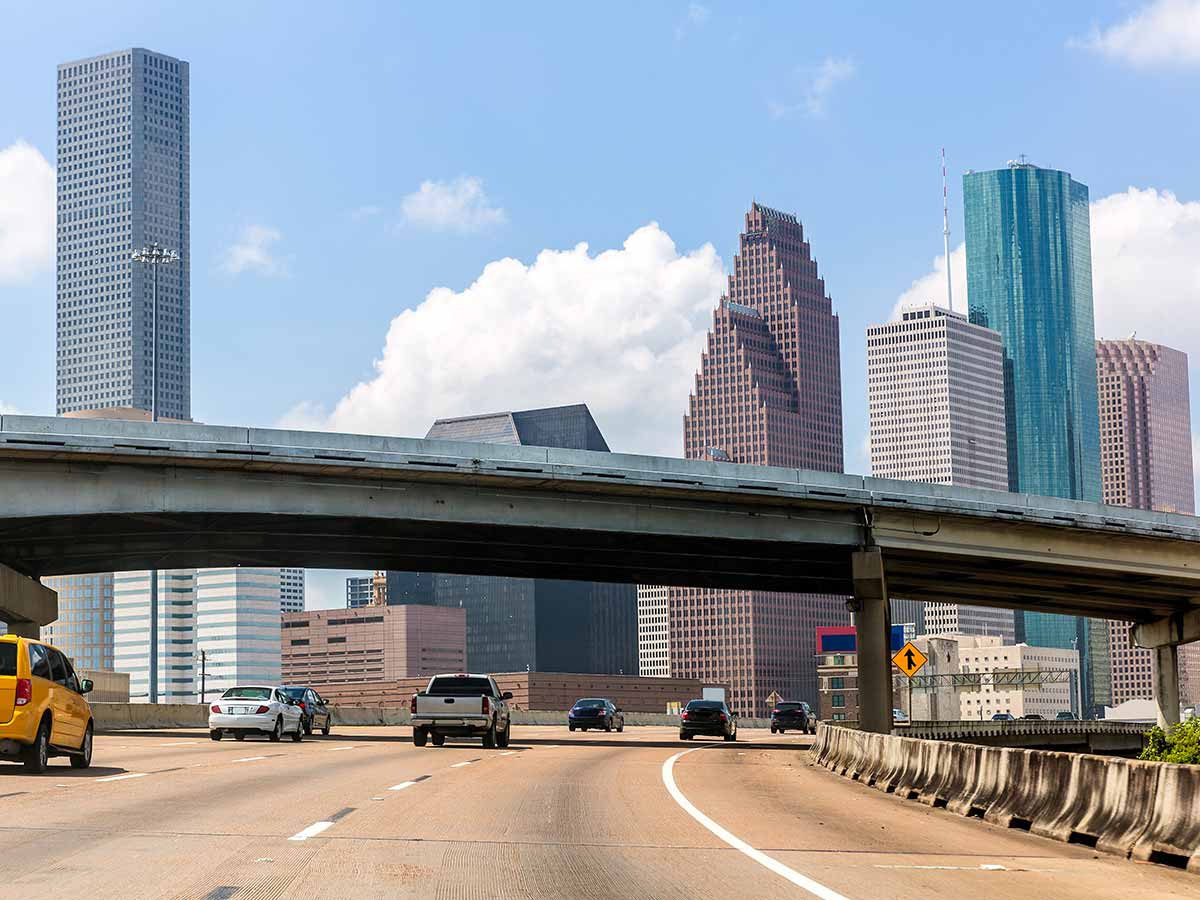
Interstate 45 (I-45) in Texas, running from Galveston through Houston to Dallas, has been identified as the deadliest stretch of road in North America. Averaging 56.5 fatal accidents per 100 miles, this highway's alarming statistics are a grim reminder of its dangers.
Factors contributing to its perilous nature include heavy traffic, high speeds, and a significant incidence of drunk driving, especially noted between 2:00 a.m. and 3:00 a.m. This combination of elements makes I-45 a particularly hazardous route for drivers, underscoring the importance of caution and vigilance on this notorious stretch of Texan roadway.
I-10, Arizona

Interstate 10 in Arizona is recognized as one of the most dangerous roads in the state, with a harrowing history of accidents and fatalities. Stretching nearly 400 miles through Arizona, I-10 has been the site of 483 fatalities over a six-year period, marking it as a particularly perilous stretch for drivers.
Contributing to its dangerous reputation are factors such as heavy traffic, high speeds, and challenging driving conditions. This highway's alarming safety record underscores the need for heightened caution and awareness while navigating its extensive route through the Arizona landscape.
I-15, Nevada and California

The stretch of Interstate 15 (I-15) running between Nevada and California, particularly through the Mojave Desert to Las Vegas, is renowned for its hazardous driving conditions. This notorious section has been repeatedly identified as one of the deadliest roads in America due to a combination of factors.
High speeds, long stretches of barren road that can lead to driver fatigue, and significant fluctuations in traffic volumes, especially on weekends and holidays, contribute to the danger. Furthermore, the extreme desert heat can affect vehicle performance, increasing the risk of breakdowns in remote areas, compounding the peril for travelers on this infamous highway.
I-285, Georgia

Interstate 285, encircling Atlanta, Georgia, has earned a notorious reputation as one of the deadliest highways in America. Its dangers stem from a combination of heavy traffic congestion, high speeds, and frequent lane changes, which contribute to a high incidence of accidents.
Additionally, I-285 is a major trucking route, increasing the presence of large vehicles that can cause severe crashes. The highway's design, featuring sharp curves and short on- and off-ramps, further complicates safe navigation, making it a particularly treacherous stretch for both inexperienced and seasoned drivers alike.
U.S. Route 17, South Carolina

U.S. Route 17 in South Carolina has garnered a reputation as one of the most dangerous roads in the region, particularly through areas like Myrtle Beach. Its notoriety arises from a combination of factors, including heavy traffic, especially during tourist season, and stretches of road that are poorly lit and feature only two lanes.
These conditions create a breeding ground for deadly traffic accidents. The mix of local traffic, tourists unfamiliar with the area, and the high speeds often traveled on this route contribute to its perilous nature, making it a road that demands caution from all who traverse it.
Dalton Highway, Alaska
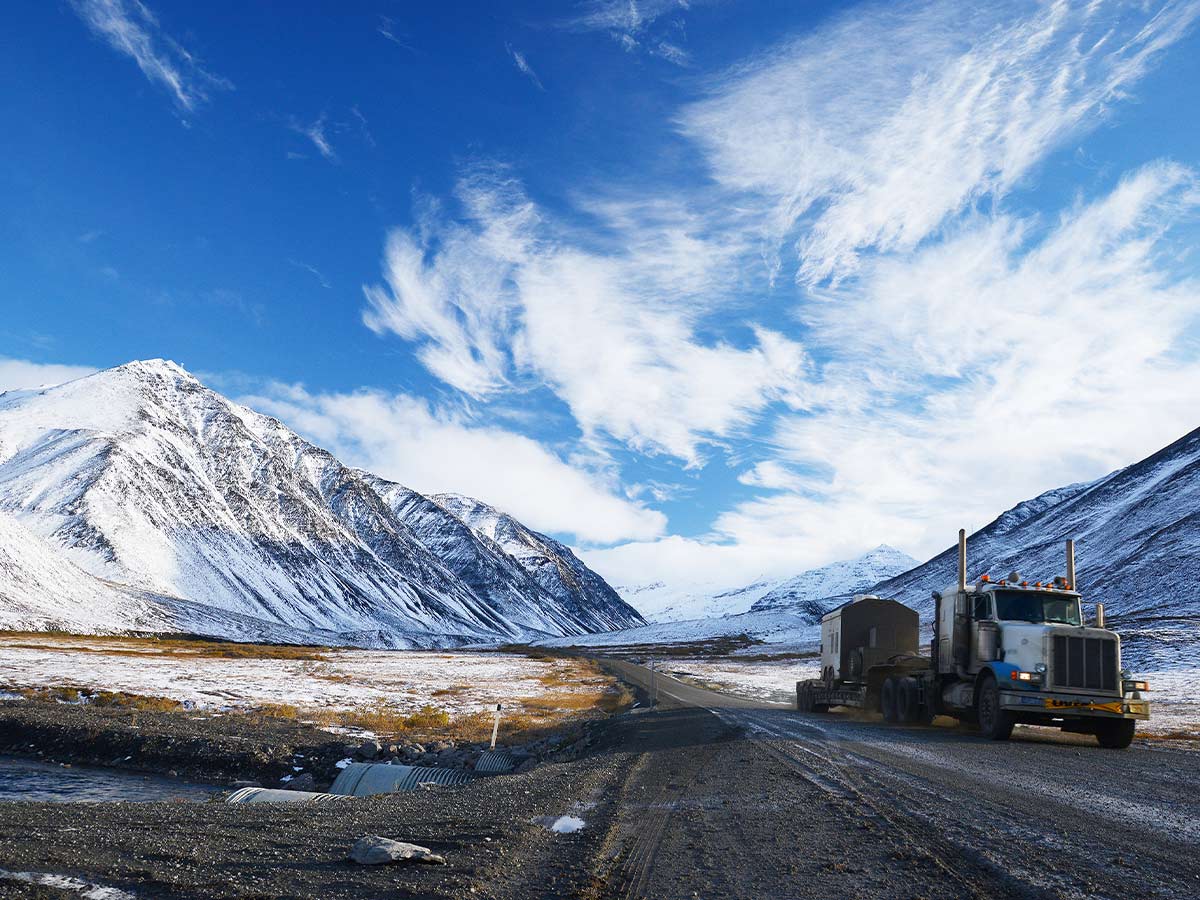
The Dalton Highway in Alaska, stretching 414 miles from Livengood to Deadhorse, is infamous for its treacherous driving conditions. This remote road traverses through some of the most isolated and harsh landscapes in the United States, including vast arctic tundra and mountainous terrain.
The highway's challenges are compounded by extreme weather conditions, limited visibility, and the presence of industrial traffic related to the oil fields. With very few services available along the route and the road itself consisting largely of gravel, the Dalton Highway demands utmost caution and preparation from those who dare to navigate it, making it one of the most dangerous roads in Alaska.
Highway 2, Montana
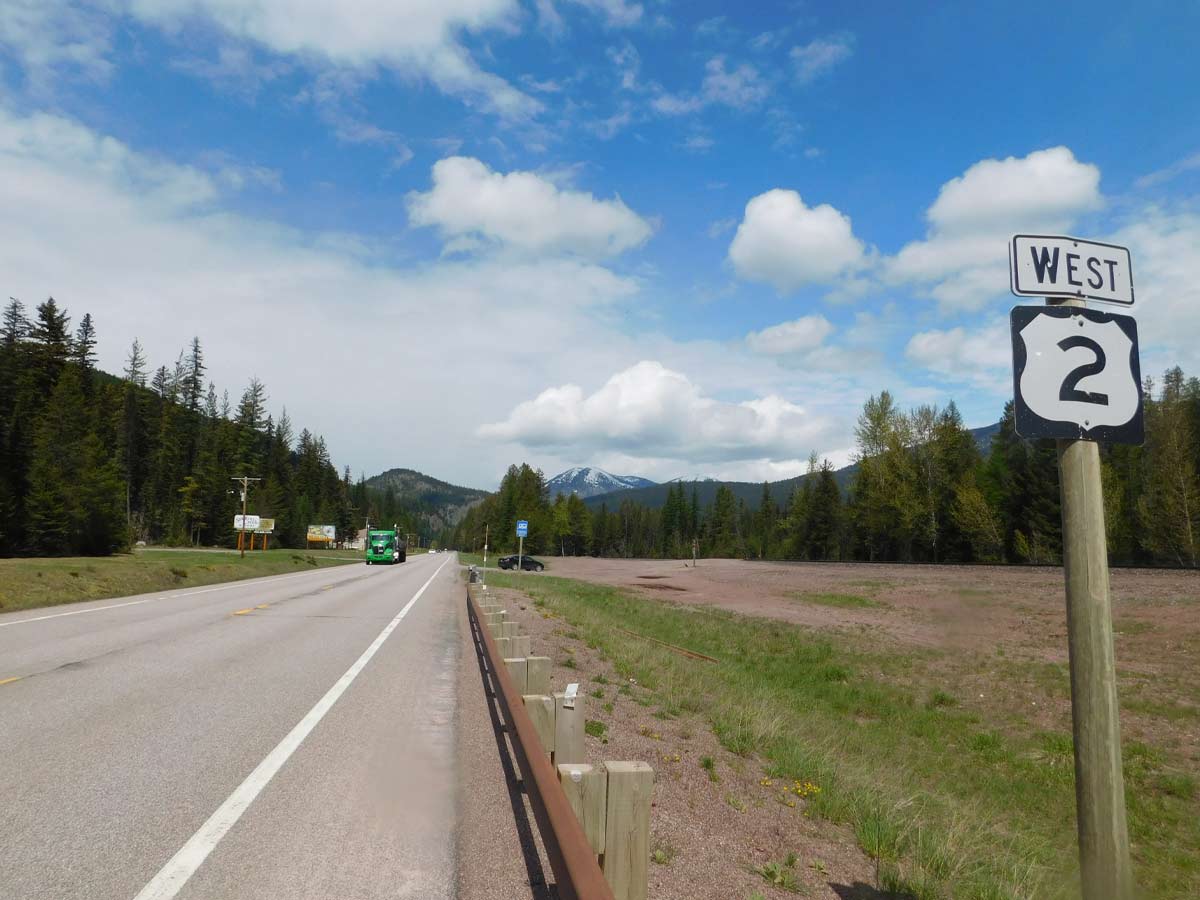
Highway 2 in Montana, stretching across the state's rugged terrain, poses unique challenges that can intimidate even the most seasoned drivers. Traversing this route means navigating through remote areas with limited access to emergency services, making any mishap potentially more hazardous.
The road winds through the Rocky Mountains at high elevations, such as Pipestone Pass, where conditions can change rapidly, introducing risks like ice, snow, and reduced visibility. Additionally, wildlife crossings are common, adding an unpredictable element. These factors combine to make Highway 2 a daunting drive, demanding full attention and respect for the natural elements it traverses.
Hana Highway, Hawaii
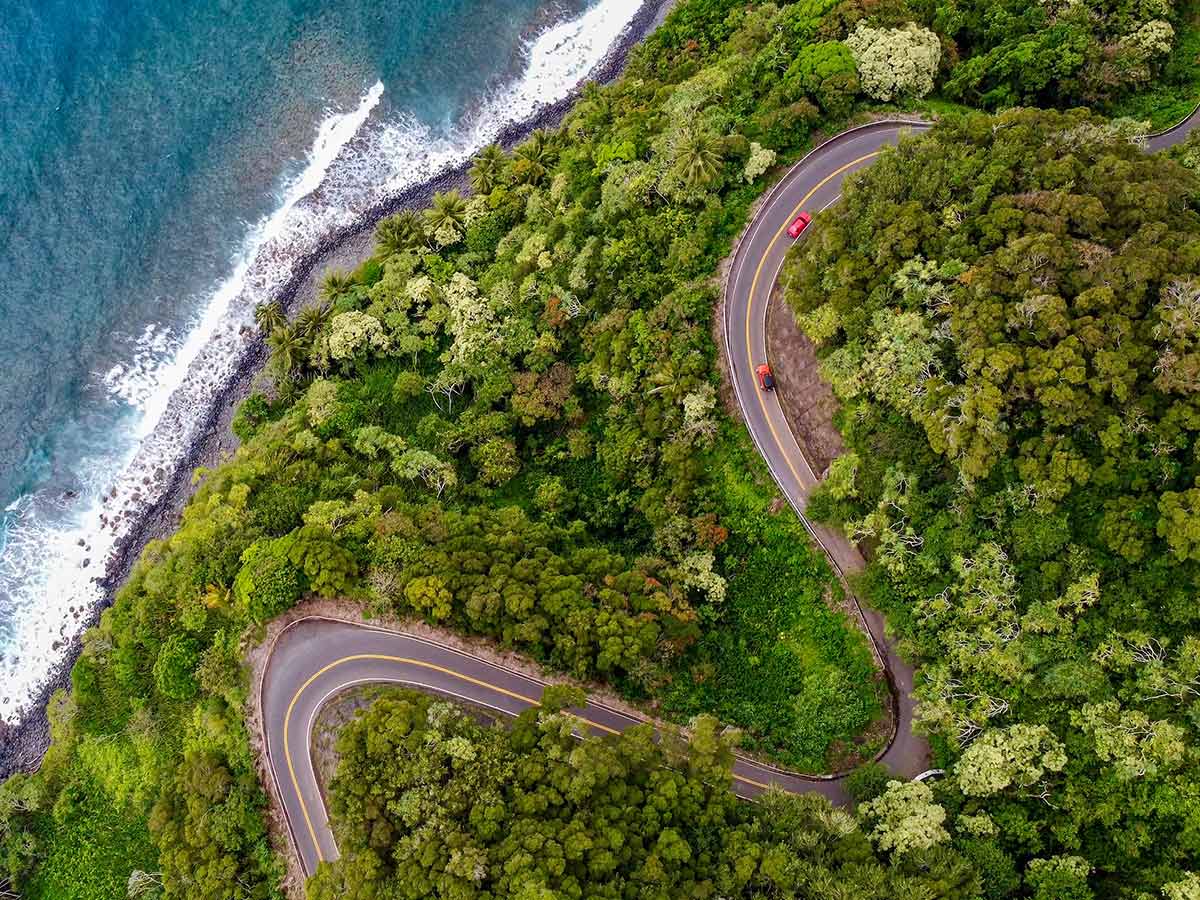
The Hana Highway in Hawaii, stretching along Maui's northeastern coastline, is renowned for its breathtaking beauty but also its treacherous driving conditions. The road snakes through lush landscapes, with over 600 curves and more than 50 one-lane bridges, challenging even the most experienced drivers.
Sudden weather changes can lead to reduced visibility, while narrow passages demand constant attention to oncoming traffic and potential hazards. The risk of rockfalls and the occasional washed-out sections add to the highway's notoriety. Despite these dangers, the allure of its stunning vistas and unique stops make it a must-drive route for adventurous travelers.
U.S. Route 285, New Mexico

U.S. Route 285 in New Mexico has earned the ominous nickname "Death Highway" due to its high-risk factors and daunting driving conditions. This stretch of road is notorious for heavy traffic from oil field trucks and workers, contributing to its danger. The rural nature of the highway, combined with an influx of industrial traffic, creates a hazardous environment with increased chances of accidents.
Additionally, the road's infrastructure may not be fully equipped to handle the volume and type of vehicles it sees, leading to further risks. These elements come together to make U.S. Route 285 a particularly perilous journey for travelers.
California Highway 190, Death Valley
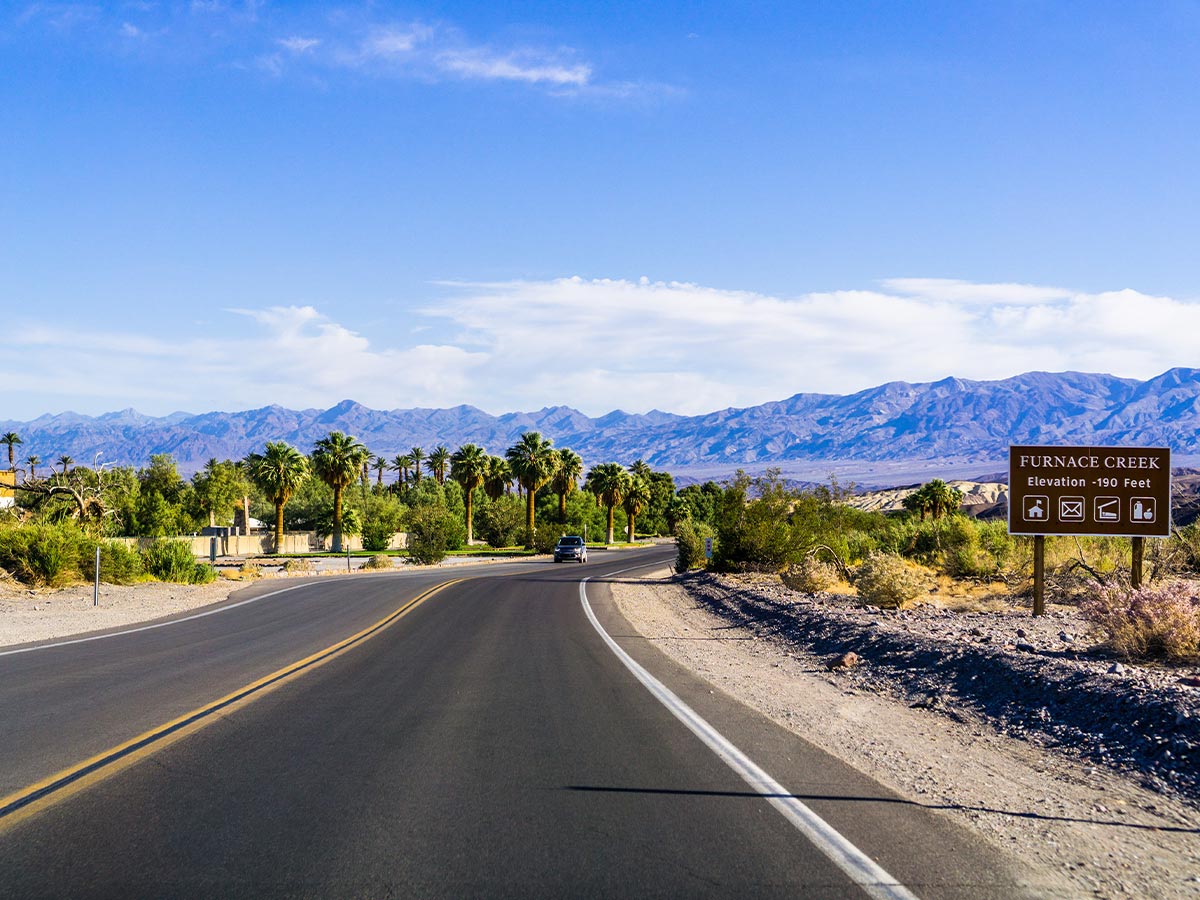
California Highway 190, traversing the heart of Death Valley National Park, presents a perilous journey for drivers due to its extreme conditions. As one of the hottest places on Earth, temperatures can soar, significantly increasing the risk of vehicle overheating and dehydration for travelers.
The road covers a wide range of elevations, with speeds reaching up to 65 miles per hour, making navigation challenging. Additionally, the remote nature of Death Valley means that help can be far away in case of an emergency, emphasizing the need for preparation and caution. These factors combine to make California Highway 190 a daunting yet mesmerizing drive.
Deals Gap, North Carolina and Tennessee
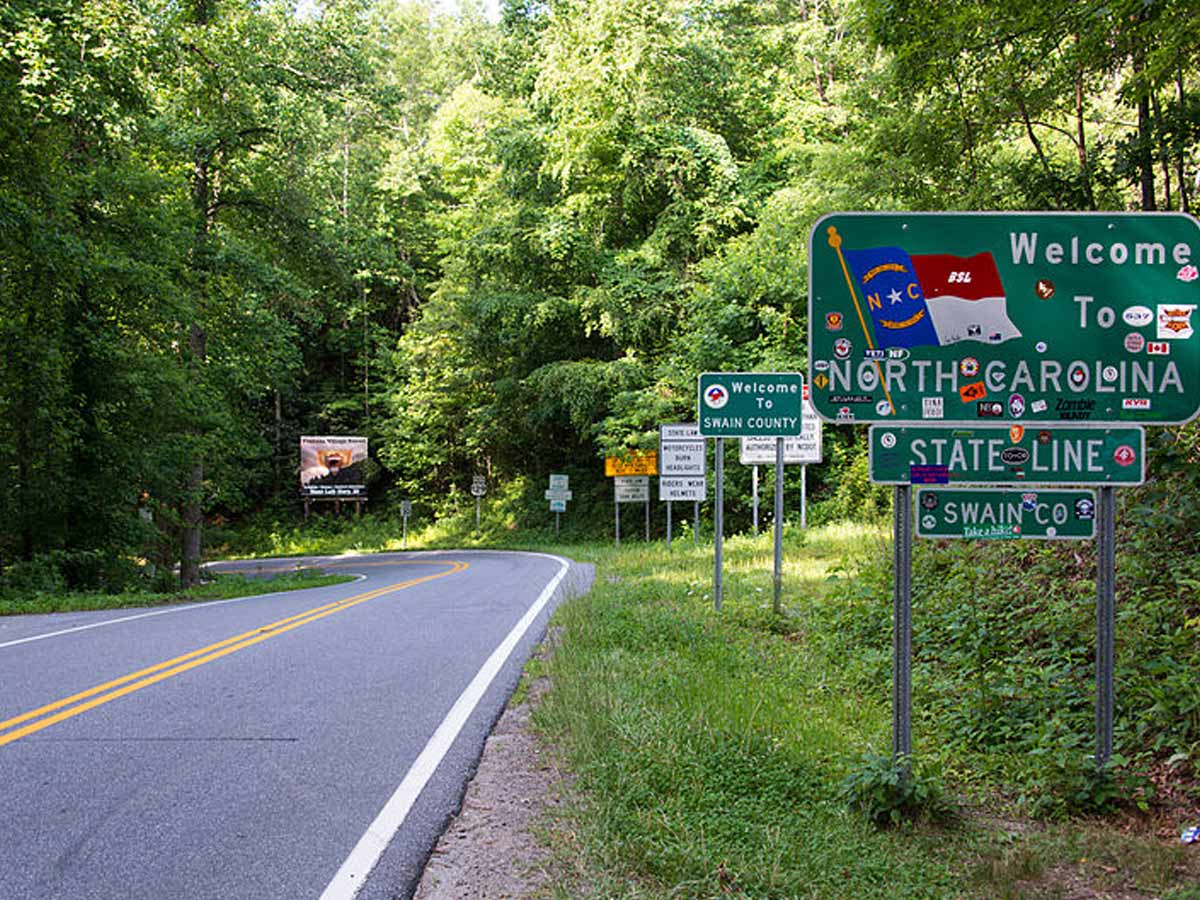
Deals Gap, straddling the North Carolina and Tennessee border, is infamously known as the Tail of the Dragon. This treacherous stretch of US 129 is renowned for its 318 curves over just 11 miles, making it a magnet for thrill-seeking motorcyclists and drivers.
However, its sharp turns and blind spots, coupled with the high volume of enthusiasts often pushing the limits of their vehicles, significantly increase the risk of accidents. The road's remote location also means that emergency assistance can be delayed. These factors contribute to Deals Gap's reputation as a dangerous and intimidating route for the unprepared or overconfident traveler.
Moki Dugway, Utah
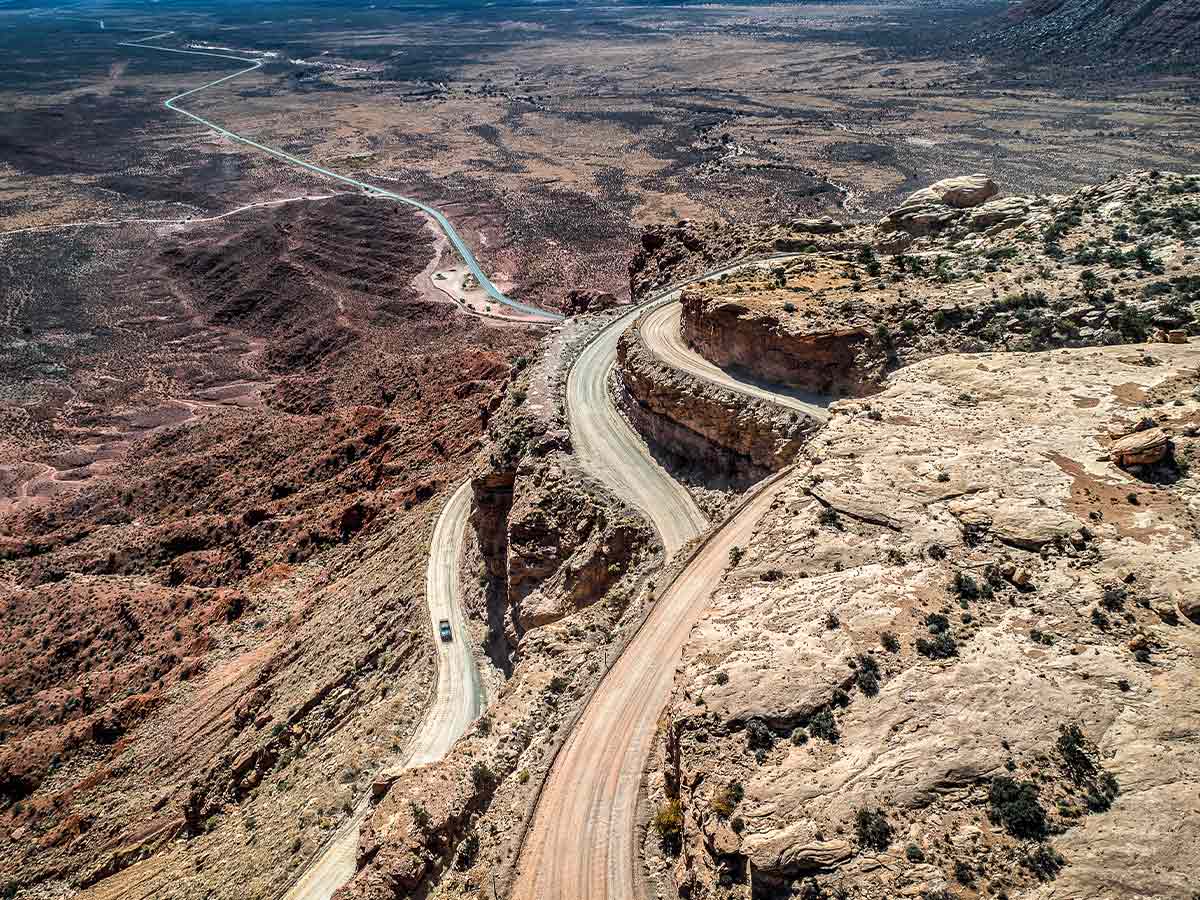
The Moki Dugway, located in Utah, is a steep, unpaved switchback road carved into the cliff face of Cedar Mesa. It stretches over three miles and ascends 1,200 feet with grades up to 11%. The lack of guardrails and the narrowness of the road add to the peril, especially for drivers unaccustomed to gravel roads or those with a fear of heights.
The breathtaking views can distract drivers, further increasing the risk of accidents. While it offers an unforgettable experience through some of Utah's most dramatic landscapes, the Moki Dugway demands utmost caution and respect for its dangers.
Pike’s Peak Highway, Colorado
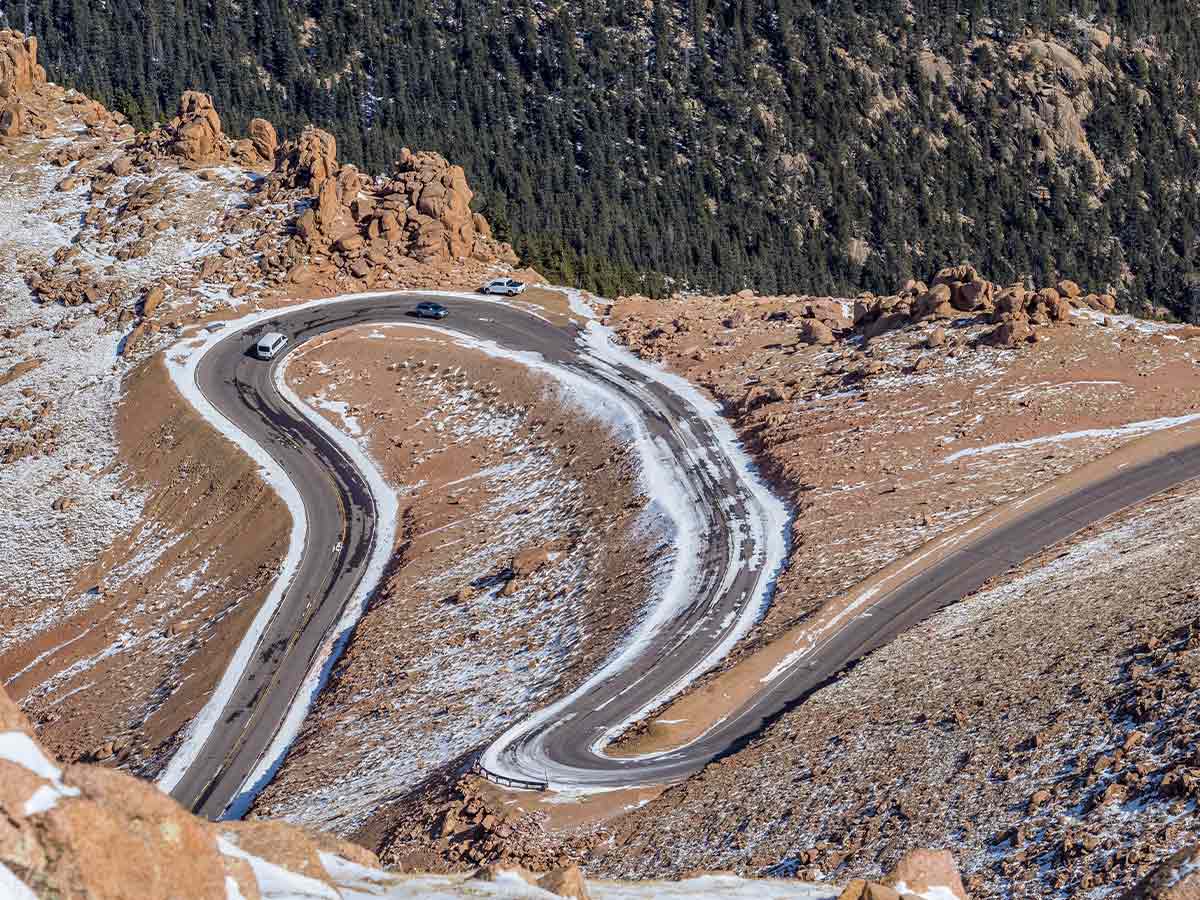
Pike's Peak Highway in Colorado is renowned for its breathtaking vistas but also for the challenges it presents to drivers. The road to the summit stretches 19 miles and is fully paved, yet its numerous curves and areas with no guardrails expose drivers to potential dangers, especially if they do not respect the road's conditions.
Elevation changes rapidly, affecting vehicle performance and driver alertness. Weather conditions can also vary dramatically, adding to the drive's difficulty. Despite these hazards, thousands navigate this route annually, drawn by the stunning panoramic views and the thrill of reaching the summit at over 14,000 feet above sea level.
Going to the Sun Road, Montana

Going to the Sun Road in Montana's Glacier National Park offers unparalleled scenic beauty but is also recognized for its potential dangers. Its narrow two-lane road meanders through the Rocky Mountains, presenting tight turns, blind corners, and sheer drops, often without the protection of guardrails.
The road climbs 3,300 feet over the Continental Divide, featuring parts that are particularly windy and twisty, including dramatic hairpin bends. Seasonal construction delays and closures can further complicate navigation. Despite stone walls or railings in some sections providing a semblance of security, the combination of natural obstacles and human factors makes it a challenging drive for many.
I-84, Oregon
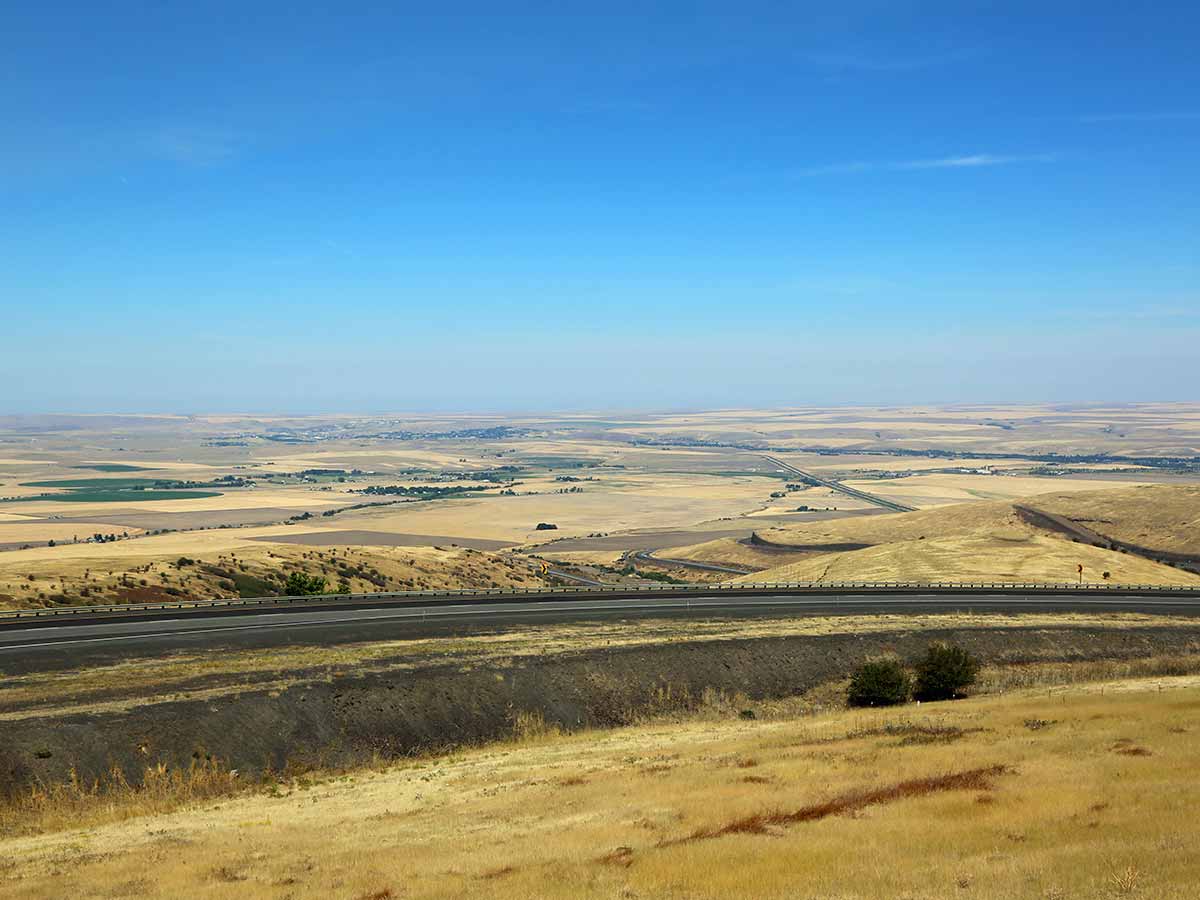
Interstate 84 (I-84) in Oregon, particularly through the Blue Mountains and areas like Deadman Pass, is known for its challenging driving conditions. The route is notorious for its steep grades, with Emigrant Hill being one of the steepest at a maximum grade of 6%.
This area faces some of the worst weather conditions in the region, including heavy snowfall and ice in the winter, significantly increasing the risk of accidents. Additionally, high wind speeds can make travel especially perilous for high-profile vehicles. These factors combine to make I-84 a vital yet hazardous highway for travelers in Oregon's northeast corner.
Independence Pass, Colorado
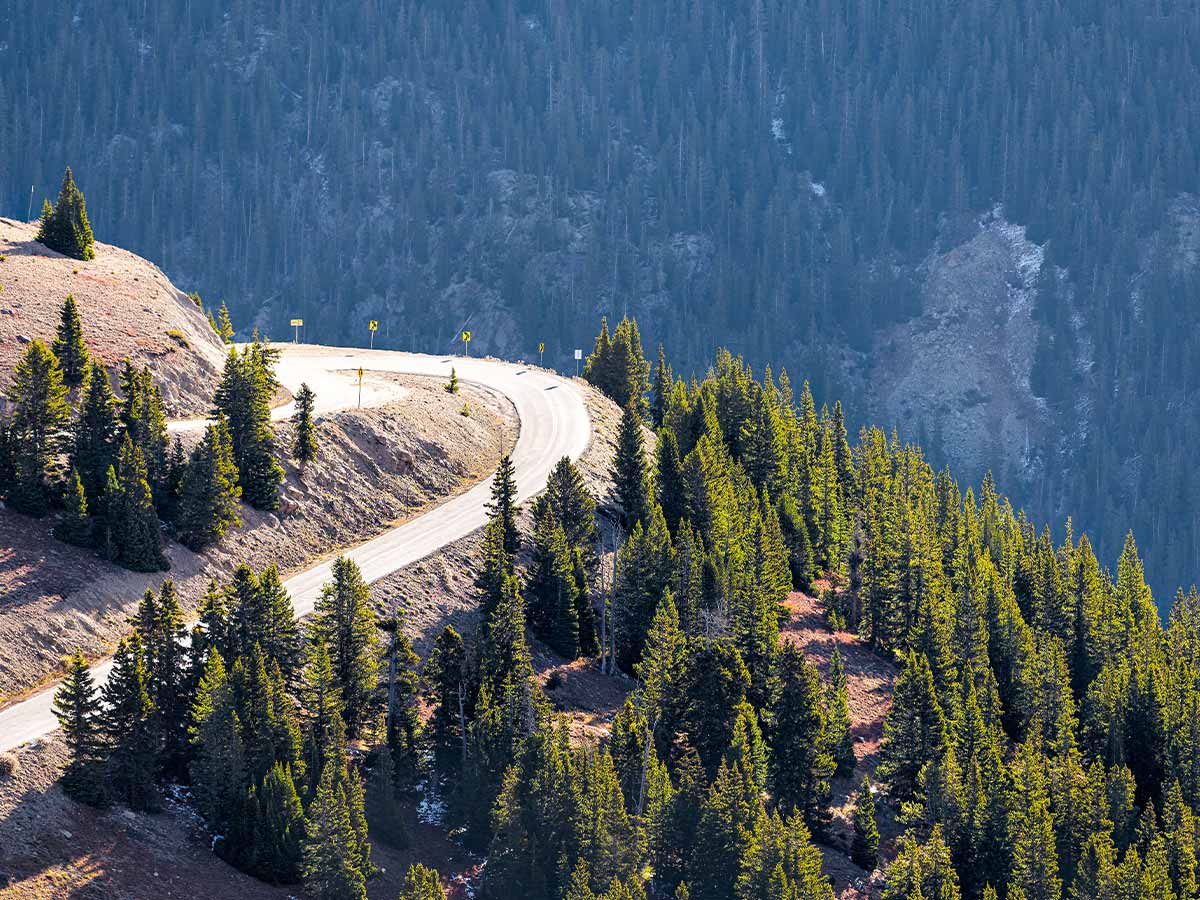
Independence Pass in Colorado, with its highest point at 12,095 feet, presents a breathtaking yet intimidating drive. The road is characterized by steep, narrow sections and twisty paths, with limited guardrails, demanding utmost caution from drivers. Certain stretches are so narrow that they can barely accommodate two vehicles side by side, increasing the risk of accidents.
Additionally, the pass is prone to rock slides and avalanches, adding to its hazardous nature. Despite these dangers, the drive through Independence Pass offers unparalleled scenic beauty, making it a must-visit for those willing to navigate its challenges carefully.
California State Route 1
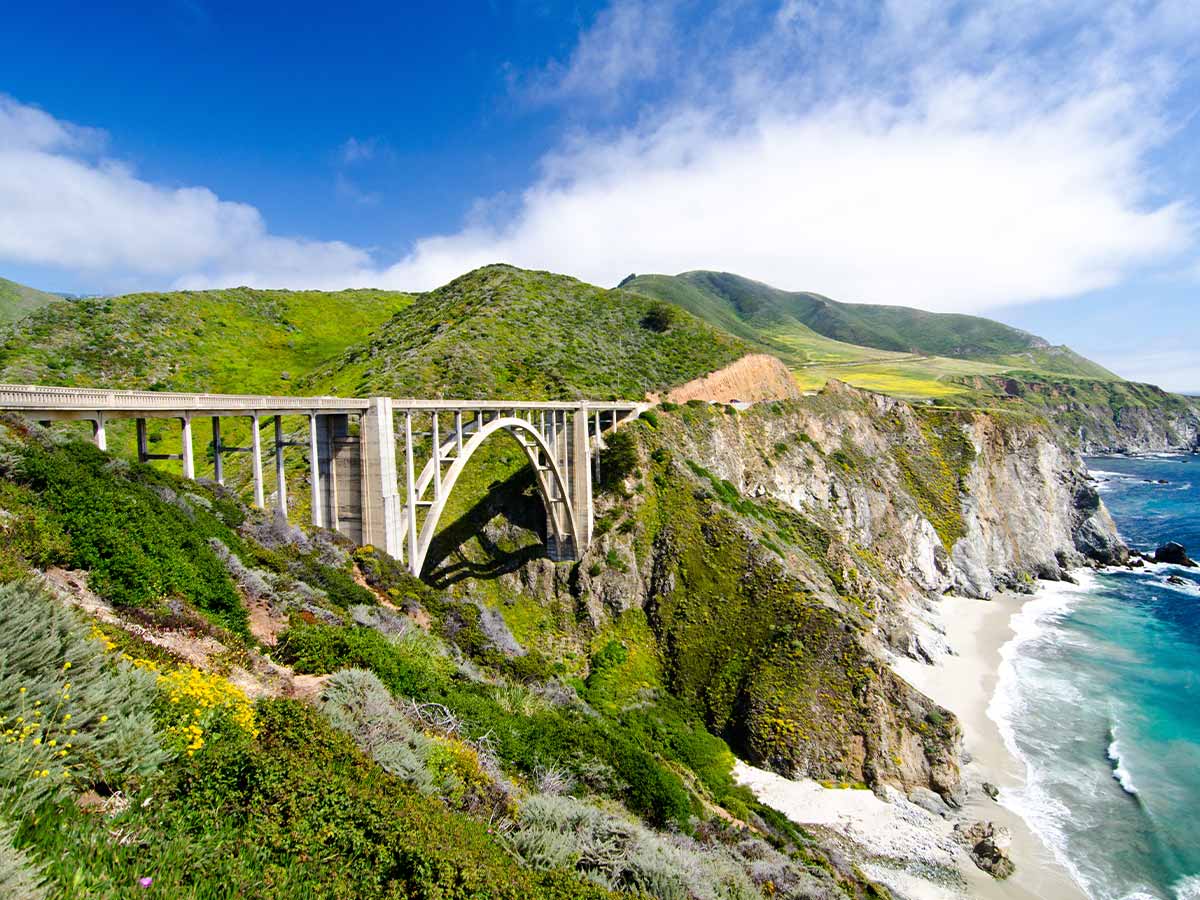
California State Route 1, also known as the Pacific Coast Highway, stretches over 650 miles along some of the most stunning coastlines in the U.S. Despite its beauty, it's recognized for its treacherous driving conditions.
The road features narrow lanes, sharp curves, and steep cliffs without sufficient barriers in places, increasing the risk of accidents. Additionally, the route is prone to landslides and erosion, further complicating travel. Weather conditions such as fog can severely reduce visibility, making navigation challenging. These factors contribute to its reputation as a beautiful yet dangerous drive.
 Author
Ron Winkler
Last Updated: November 10, 2024
Author
Ron Winkler
Last Updated: November 10, 2024

